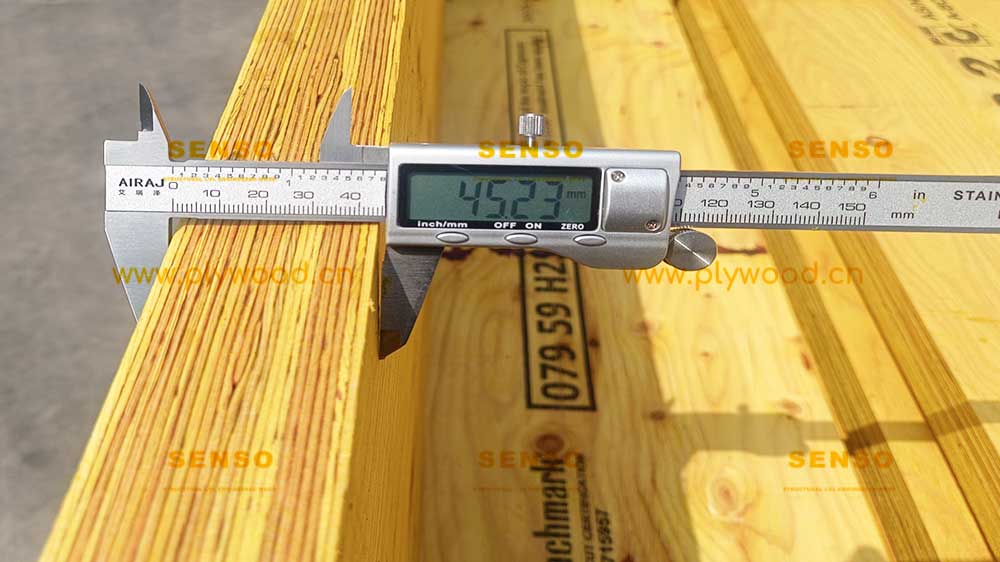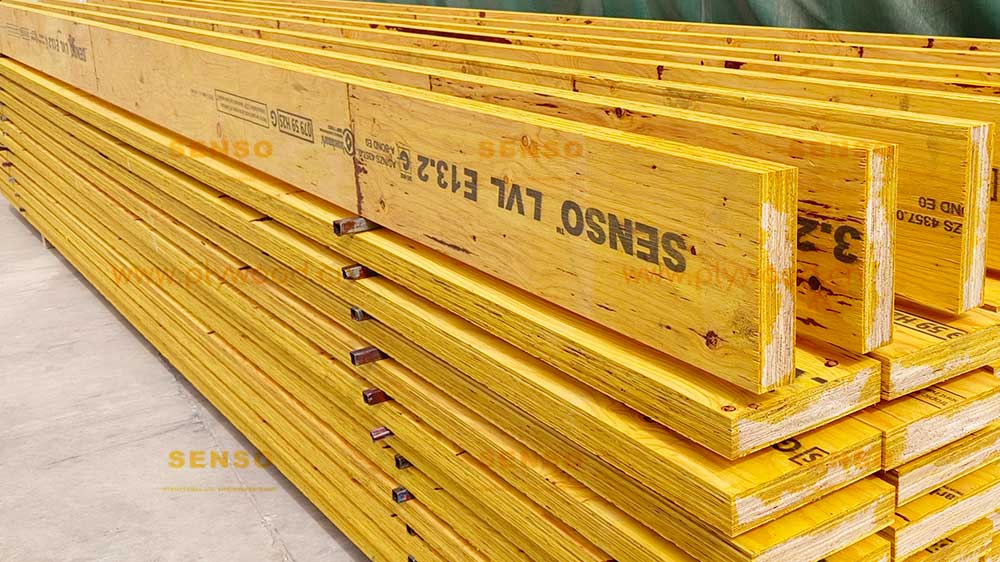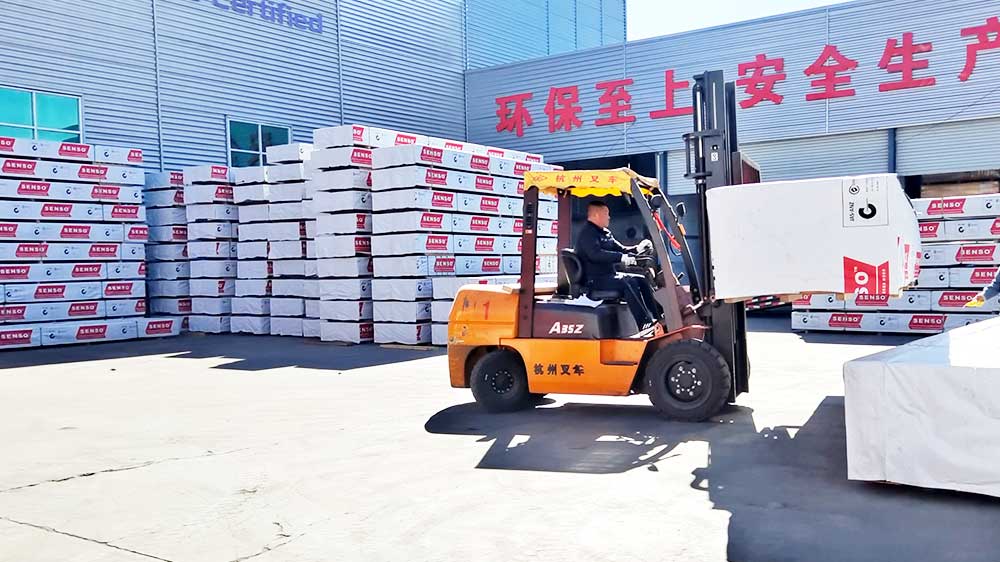What is Beam Wood?
Beam wood, also known as laminated veneer lumber (LVL), is a type of engineered wood product that offers superior strength and stability compared to traditional timber. Created by bonding thin wood veneers together under heat and pressure, LVL beams are designed to provide consistent performance and reliability. These beams are used extensively in timber framing, providing the structural backbone for many modern buildings.
Timber framing, a method of constructing buildings using heavy timbers rather than dimensional lumber, has been a cornerstone of architecture for centuries. With the advent of beam wood, timber framing has undergone a significant transformation. Beam wood offers improved load-bearing capabilities, greater flexibility in design, and enhanced durability, making it an ideal choice for a wide range of construction projects.
The rise of laminated timber beams has brought about a new era in construction. These beams are not only strong and reliable but also environmentally friendly. By using fast-growing, renewable wood species and optimizing the manufacturing process, laminated timber beams help reduce the overall environmental impact of construction. As sustainability becomes a crucial consideration in building design, the demand for beam wood continues to grow.
The Evolution of Beam Wood in Construction
The Rise of Laminated Veneer Lumber (LVL) Beams
Laminated veneer lumber (LVL) beams have revolutionized the construction industry. Unlike traditional solid wood beams, LVL beams are engineered to offer consistent strength and performance. By layering multiple thin wood veneers and bonding them with adhesives, LVL beams achieve superior structural integrity and dimensional stability.
LVL beams are particularly well-suited for timber framing due to their high strength-to-weight ratio. This makes them an excellent choice for long spans and heavy loads. Additionally, LVL beams are less prone to warping, splitting, or shrinking, ensuring long-term reliability and reducing maintenance costs.
Advantages of Laminated Timber Beams
Laminated timber beams, also known as glulam beams, offer numerous advantages over conventional wood beams. Glulam beams are made by gluing together layers of solid timber, creating a strong and versatile structural element. These beams can be manufactured in a variety of shapes and sizes, allowing for greater design flexibility in timber framing.
One of the key benefits of laminated timber beams is their exceptional load-bearing capacity. By distributing the load evenly across multiple layers of wood, glulam beams can support heavier weights and span longer distances than traditional timber beams. This makes them ideal for use in large-scale construction projects, such as commercial buildings, bridges, and stadiums.
Beam Wood in Modern Timber Framing
Enhancing Structural Integrity
Beam wood plays a crucial role in enhancing the structural integrity of timber-framed buildings. LVL beams, with their consistent strength and stability, provide a reliable foundation for various construction applications. Whether used as floor joists, roof rafters, or support columns, beam wood ensures the overall strength and stability of the structure.
In addition to its strength, beam wood also offers improved resistance to environmental factors. Unlike traditional timber, which can be susceptible to moisture and pests, LVL beams are engineered to withstand these challenges. This makes them an ideal choice for use in areas with high humidity or termite activity, ensuring the longevity of the building.
Design Flexibility and Aesthetic Appeal
One of the key advantages of beam wood in timber framing is its design flexibility. Laminated timber beams can be manufactured to precise specifications, allowing for greater freedom in architectural design. Whether creating curved or straight beams, architects and builders can achieve unique and innovative designs that were previously difficult to accomplish with traditional timber.
Furthermore, beam wood offers aesthetic appeal. The clean lines and smooth surfaces of laminated timber beams provide a modern and polished look to timber-framed buildings. The natural beauty of wood, combined with the engineered precision of LVL beams, creates visually stunning structures that blend seamlessly with their surroundings.
Environmental Benefits of Beam Wood
Sustainable Construction Practices
Beam wood is an environmentally friendly choice for construction. The manufacturing process for LVL beams utilizes fast-growing, renewable wood species, reducing the demand for old-growth timber. Additionally, the efficient use of wood veneers minimizes waste, making LVL beams a sustainable alternative to solid wood beams.
Furthermore, the production of laminated timber beams generates fewer greenhouse gas emissions compared to other construction materials, such as steel or concrete. This contributes to a lower carbon footprint and supports sustainable construction practices. By choosing beam wood, builders can create environmentally responsible structures that align with green building standards.
Energy Efficiency and Thermal Performance
Beam wood also offers energy efficiency benefits. The natural insulating properties of wood help regulate indoor temperatures, reducing the need for heating and cooling. This contributes to lower energy consumption and cost savings for building occupants.
Moreover, the use of beam wood in timber framing can enhance the thermal performance of buildings. The tight construction and insulation properties of LVL beams help minimize heat loss, improving overall energy efficiency. This is particularly important in regions with extreme temperatures, where maintaining a comfortable indoor environment is essential.
Applications of Beam Wood in Construction
Residential Buildings
Beam wood is widely used in residential construction, offering strength and versatility for a variety of applications. From floor joists and roof rafters to wall studs and support beams, LVL beams provide a reliable structural framework for homes. Their consistent performance and durability ensure the long-term stability of residential buildings.
Commercial and Industrial Projects
In commercial and industrial construction, beam wood plays a crucial role in creating large, open spaces. The high strength-to-weight ratio of LVL beams allows for longer spans without the need for additional support columns. This makes them ideal for constructing warehouses, office buildings, retail spaces, and more. The flexibility in design and ease of installation make beam wood a preferred choice for commercial projects.
Public Infrastructure
Beam wood is also utilized in public infrastructure projects, such as bridges and pedestrian walkways. The load-bearing capacity and durability of laminated timber beams make them suitable for heavy traffic and demanding environments. Additionally, the aesthetic appeal of beam wood enhances the visual impact of public structures, creating functional and visually pleasing spaces for communities.
Innovations and Future Trends in Beam Wood
Advancements in Manufacturing Techniques
The future of beam wood lies in continuous advancements in manufacturing techniques. Researchers and engineers are exploring new methods to improve the strength, durability, and sustainability of LVL beams. This includes experimenting with different wood species, adhesives, and production processes to enhance the performance and environmental impact of beam wood.
Integration with Smart Building Technologies
Beam wood is also being integrated with smart building technologies to create intelligent and energy-efficient structures. By embedding sensors and monitoring systems within LVL beams, builders can gather real-time data on structural performance, environmental conditions, and energy usage. This allows for proactive maintenance and optimization, ensuring the longevity and efficiency of timber-framed buildings.
Expanding Applications in Mass Timber Construction
Mass timber construction, which involves the use of large, prefabricated timber elements, is gaining popularity worldwide. Beam wood is a key component of mass timber construction, providing the necessary strength and stability for tall timber buildings. As the demand for sustainable and eco-friendly construction methods continues to grow, the use of beam wood in mass timber projects is expected to increase.
Beam Wood in Sustainable Building Design
Reducing Environmental Impact
Beam wood plays a pivotal role in reducing the environmental impact of construction. By utilizing renewable resources and optimizing manufacturing processes, LVL beams contribute to more sustainable building practices. The use of laminated timber beams helps conserve natural forests, as they can be produced from fast-growing tree species, reducing the pressure on old-growth forests.
Furthermore, the production of LVL beams generates significantly lower carbon emissions compared to traditional building materials like steel and concrete. This reduction in greenhouse gases is crucial in combating climate change and promoting eco-friendly construction. As environmental regulations become more stringent, the construction industry is increasingly turning to beam wood as a viable solution for sustainable building.
Enhancing Indoor Air Quality
Beam wood also contributes to better indoor air quality. Unlike some building materials that emit volatile organic compounds (VOCs) and other harmful substances, LVL beams are engineered to have low emissions. This ensures a healthier indoor environment for occupants, reducing the risk of respiratory issues and other health problems associated with poor air quality.
Additionally, the natural properties of wood help regulate humidity levels within buildings. Wood can absorb and release moisture, maintaining a balanced indoor climate and preventing issues such as mold growth. This makes beam wood an excellent choice for creating comfortable and healthy living spaces.
Challenges and Considerations in Using Beam Wood
Cost and Availability
While beam wood offers numerous benefits, it is important to consider the cost and availability of LVL beams. The production process for laminated timber beams can be more expensive than traditional timber, leading to higher upfront costs. However, the long-term benefits, including reduced maintenance and improved structural performance, often outweigh the initial investment.
Availability can also be a challenge, as the demand for beam wood continues to grow. It is essential for builders and developers to work with reliable suppliers to ensure a consistent and timely supply of LVL beams. By establishing strong relationships with manufacturers, construction projects can proceed smoothly without delays.
Installation and Handling
Proper installation and handling are crucial for maximizing the benefits of beam wood. LVL timber, while strong and durable, require careful handling to avoid damage during transportation and installation. Builders must follow best practices to ensure that beams are not exposed to excessive moisture or physical stress.
Training and education are also important for construction professionals working with beam wood. Understanding the unique properties and installation requirements of LVL beam ensures that they are used effectively and safely in timber framing projects. Ongoing training programs can help builders stay updated on the latest techniques and advancements in beam wood construction.
Future Outlook for Beam Wood
Increasing Adoption in Construction
The future of beam wood looks promising, with increasing adoption in the construction industry. As awareness of the environmental and structural benefits of LVL beams grows, more builders and developers are incorporating beam wood into their projects. This trend is expected to continue, driven by the demand for sustainable and high-performance building materials.
Technological Advancements
Technological advancements will further enhance the capabilities of beam wood. Innovations in manufacturing processes, such as improved adhesives and automation, will increase the efficiency and quality of LVL beam production. Additionally, advancements in wood science and engineering will lead to the development of new wood composites with even greater strength and durability.
Expanding Applications
Beam wood will find expanding applications beyond traditional construction. Researchers are exploring the use of LVL beams in areas such as modular construction, where prefabricated timber elements can be assembled quickly and efficiently. This approach not only reduces construction time but also minimizes waste and improves overall project sustainability.
In the realm of disaster-resistant construction, beam wood is being studied for its resilience to earthquakes, hurricanes, and other natural disasters. The flexibility and strength of LVL beams make them suitable for creating structures that can withstand extreme forces, providing safer living environments in disaster-prone areas.
FAQs About Beam Wood
- What is beam wood used for?
Beam wood, or laminated veneer lumber (LVL), is used in various construction applications, including floor joists, roof rafters, support beams, and wall studs. It is also employed in large-scale projects like commercial buildings, bridges, and stadiums.
- How does beam wood compare to traditional timber?
Beam wood offers superior strength, stability, and durability compared to traditional timber. It is engineered to have consistent performance and is less prone to warping, splitting, or shrinking. Additionally, beam wood is more environmentally friendly due to its use of renewable resources and efficient manufacturing processes.
- Is beam wood environmentally friendly?
Yes, beam wood is environmentally friendly. The production of LVL beams uses fast-growing, renewable wood species and generates fewer greenhouse gas emissions compared to traditional building materials. This makes beam wood a sustainable choice for construction.
- Can beam wood be used in residential construction?
Absolutely. Beam wood is widely used in residential construction for applications such as floor joists, roof rafters, and support beams. Its strength and versatility make it an excellent choice for creating reliable and durable homes.
- What are the benefits of using laminated timber beams?
Laminated timber beams, such as LVL beams, offer numerous benefits, including high load-bearing capacity, design flexibility, and improved resistance to environmental factors. They also contribute to sustainable building practices by utilizing renewable resources and reducing carbon emissions.
Post time: Jul-06-2024




